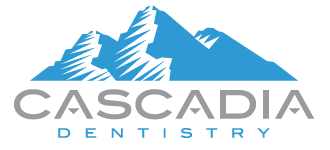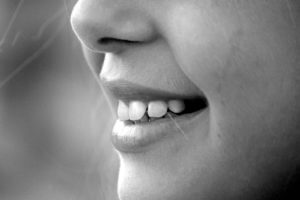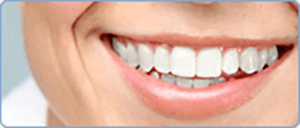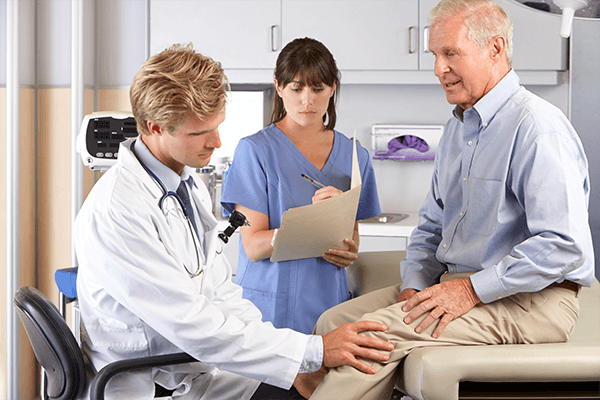
We are excited to announce the installation of a new digital cone beam CT machine at Cascadia Dentistry! Cone beam CT (CBCT) technology is a great tool for diagnosing a variety of conditions as it gives us a three-dimensional view of the hard tissue of your skull allowing us to map critical areas such as your trigeminal nerve and maxillary sinus without exploratory surgery. A CBCT scan is instrumental in treatment planning for any implant placement and restoration and has quickly become the standard of care. Once a scan is obtained it even allows us to fabricate surgical guides for surgeries like sinus lifts and implant placement(s) which ultimately makes your surgery easier.
Previously we utilized a third-party service to acquire CBCT scans which required scheduling and payment through a mobile service which was just another hurdle to get through when planning for your surgery. The ability to take CBCT scans on site will remove that hurdle altogether and provides us easy access to obtaining any scans as we need them.
We are very pleased and excited to announce this new development at our office. We always strive to balance the need for advancing our technology with the timing that will best serve our patients. If you would like to discuss how this change may serve your dental needs, please do not hesitate to contact us at 360-629-7229.

 With the end of the year rapidly approaching, it’s a good time to discuss dental insurance as you may be considering enrolling in a new plan or looking to maximize your dental benefits.
With the end of the year rapidly approaching, it’s a good time to discuss dental insurance as you may be considering enrolling in a new plan or looking to maximize your dental benefits.
 environment and sets the stage for tooth decay.
environment and sets the stage for tooth decay. Recently, we have been hearing questions from our patients about alternative means of teeth whitening. I wanted to discuss two of these alternative options specifically: apple cider vinegar and activated charcoal. In general, teeth can stain over time due to the hardships we place on them. Drinking coffee, tea, soda and other harsh foods can take a toll on our pearly white smiles. Staining happens in two ways, which are known as extrinsic staining and intrinsic staining. Simply put, extrinsic staining occurs on the surface of the exposed enamel while intrinsic staining occurs deep down.
Recently, we have been hearing questions from our patients about alternative means of teeth whitening. I wanted to discuss two of these alternative options specifically: apple cider vinegar and activated charcoal. In general, teeth can stain over time due to the hardships we place on them. Drinking coffee, tea, soda and other harsh foods can take a toll on our pearly white smiles. Staining happens in two ways, which are known as extrinsic staining and intrinsic staining. Simply put, extrinsic staining occurs on the surface of the exposed enamel while intrinsic staining occurs deep down. In December 2012, the American Academy of Orthopedic Surgeons (AAOS) and the American Dental Association (ADA) collaboratively announced revised guidelines on the use of antibiotics as a means to prevent the infection of prosthetic joints. The most recent guidelines no longer recommend the routine use of antibiotics in most cases of patients with artificial joints. This revision to existing best practices has been slow to reach the general public. In summary, based on considerable research (
In December 2012, the American Academy of Orthopedic Surgeons (AAOS) and the American Dental Association (ADA) collaboratively announced revised guidelines on the use of antibiotics as a means to prevent the infection of prosthetic joints. The most recent guidelines no longer recommend the routine use of antibiotics in most cases of patients with artificial joints. This revision to existing best practices has been slow to reach the general public. In summary, based on considerable research (